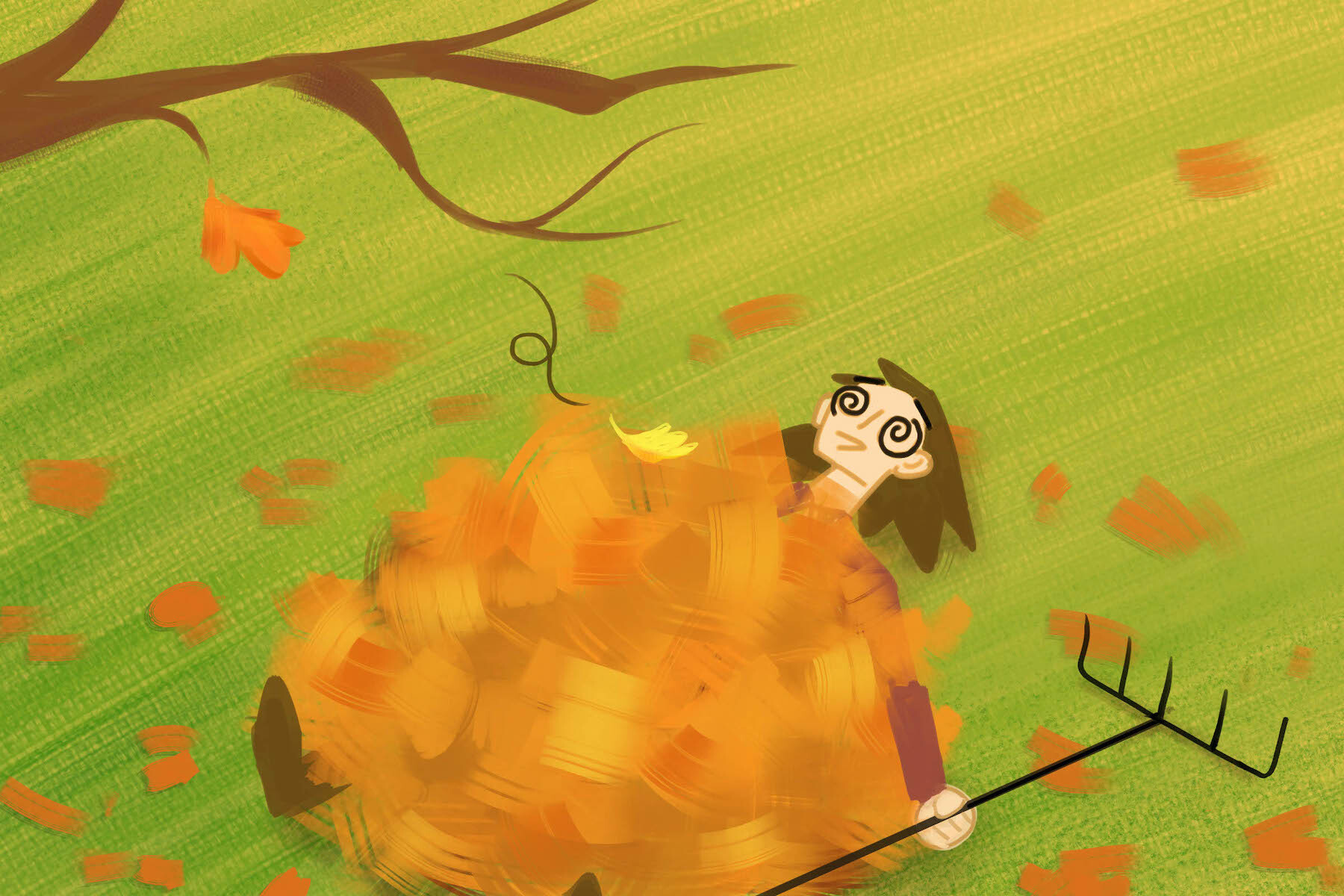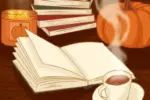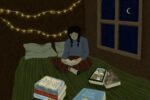With autumn comes cooler weather and fire pits, and the holidays begin to roll around one after the other. However, there are a few hassles that tag along with the autumn season. What are they, you may be asking yourself:
Physical Tasks
Well, the first hassle that comes along with the beautiful autumn weather is the leaves. All the bright, colorful leaves, which end up all over the ground. Unbelievably, 76,000 Americans are hurt each year while raking leaves or using other manual gardening tools. Surprising, right? Many are not aware of how raking leaves can take a toll on your body. There are more than a few muscles that you use when raking that are not used much in more everyday activities. Take the necessary extra precautions before raking and stretch first, just like you would before any workout. Do not try and do your whole yard at once. Make sure you take breaks, drink water and stretch when you’re raking the yard.
Be aware of your body and surroundings before heading out to clean up those pesky leaves. You could easily strain your back, torso or arms if you use the incorrect tools while raking. A good thing to keep in mind when you are raking leaves is to face the pile of leaves and do not twist or bend. Keep your back straight, and bend with your knees and hips. Leaves that are wet are also much heavier than you would expect, so watch your loads. If they are too heavy, they can do more damage to your body than you would think is possible. Did you know that a period of 60 minutes of raking can burn up to 300 calories? Every year, over 217,000 pounds of leaves get raked.
Falling Leaves
Autumn leaves are so beautiful on the trees, but it is when they finally drop to the ground that they become a hassle for us. They make your house look messy, for one. Second, they can clog up your gutters, which can cause considerable damage to the walls, roof and foundation of your house. They can also cause mold to grow and your basement to flood. Third, autumn leaves left on your roof for an extended period of time can cause wooden shingles to rot from the moisture. Clay, asphalt and shale shingles trap moisture that can seep into the house. Metal roofs corrode over prolonged periods of time, and the wet leaves in the gutter keep the edges of the roof from drying out.
Slick walkways can also result in slips and falls. Another issue with autumn leaves is that your grass can die from lack of sunlight if you leave them on the lawn and do not rake them up. There is also the issue of stains on your driveway caused by leaves being left there too long. Moreover, there is the possibility of water in your vehicle if you allow leaves to collect in the crevices of the trunk or hood of your car where the windshield wipers are. Rodents love to keep warm in the leaves too. They can use those leaves to create nests inside cars, and they then nibble at the insulation around the wiring. Leaves are also acidic, so they can eat away at your paint or cause that nice, clear coat to look foggy and less than pretty.
They are also the cause of accidents. Leaves on the roadways can hide quite a few dangers, like potholes, road markings and more. They plug up storm drains and can cause water to accumulate on paved surfaces, which can lead to flooded roads and increase the risk of hydroplaning. Wet leaves on the roads result in profoundly serious driving issues, such as slick roads that make you lose traction, which in turn hinders steering abilities and causes braking issues. When temperatures drop below freezing, wet leaves will freeze and make the roadways icy. This is similar to black ice, so it is important to be incredibly careful once temperatures drop.
It is good practice to never drive through leaf piles because you never know what is hiding beneath them. Leaf piles make a great hiding place for children, or they could have covered up sticks and fire hydrants. These are just a few of the things you could possibly hit if you drive through a leaf pile. Do not park your car over a leaf pile, either, because it could become a fire hazard. The exhaust system or catalytic converter could catch fire. Normally, you should have 80 feet to stop when driving, but if the leaves on the ground are wet, you may need up to 200 feet to stop safely.
Shorter Days
Next up on the autumn hassle agenda is daylight saving time. Did you know that Hawaii and Arizona do not participate in daylight savings? Hawaii opts out of daylight savings because the sunrise and sunset times do not vary much. The people of Arizona argue that it is not necessary because of the hot climate — people prefer to do their activities in the cooler evening temperatures. While gaining an hour of sleep was started to conserve energy, it forces our internal clocks to compete with the external watches we go by. Our internal clocks help to regulate bodily functions like liver function and our immune system. Even the smallest disruption can have significant effects on our mental and physical health.
A report in 2019 found a higher risk of heart attack after both time changes, but particularly during the daylight saving time. Another study from 2020 found that fatal traffic accidents increase 6% in the United States during daylight savings. It is amazing that just one little hour can have such an impact on us. Knowing that the chance to “catch up” on some sleep could cause more harm to the body is a scary thing.
Daylight saving time also affects people with mood disorders. There is an 11% increase in depressive symptoms just after the fall time change. Suicide rates also are slightly higher during the first week of daylight savings. The loss of daylight can trigger SAD (Seasonal Affective Disorder), and a chemical imbalance in the brain can cause symptoms such as hopelessness, sluggishness, insomnia, memory issues, weight change, appetite change and loss of interest in things you used to enjoy.
However, a few alterations in your daily routine could help you better adjust to daylight savings. Things like going to bed 15 to 20 minutes earlier than normal, avoiding caffeine and alcohol before bedtime, cutting out screentime before bed, limiting naps during the day to help regulate your sleep schedule and avoiding heavy meals a couple of hours before going to sleep could help you adjust. You should try to sleep an hour earlier than you’re used to, if your schedule will allow it.
It also gets darker earlier because of daylight savings. This means that kids get less sunlight to play in, and this can cause them a bit of frustration, as well. By the time the kids get home from school and their schoolwork is done, it is too dark to play outside, which deprives them of playtime outside with their friends. So even with the beautiful autumn colors surrounding us as the cooler weather sets in, we have to remember that hassles come along with it as well.
















